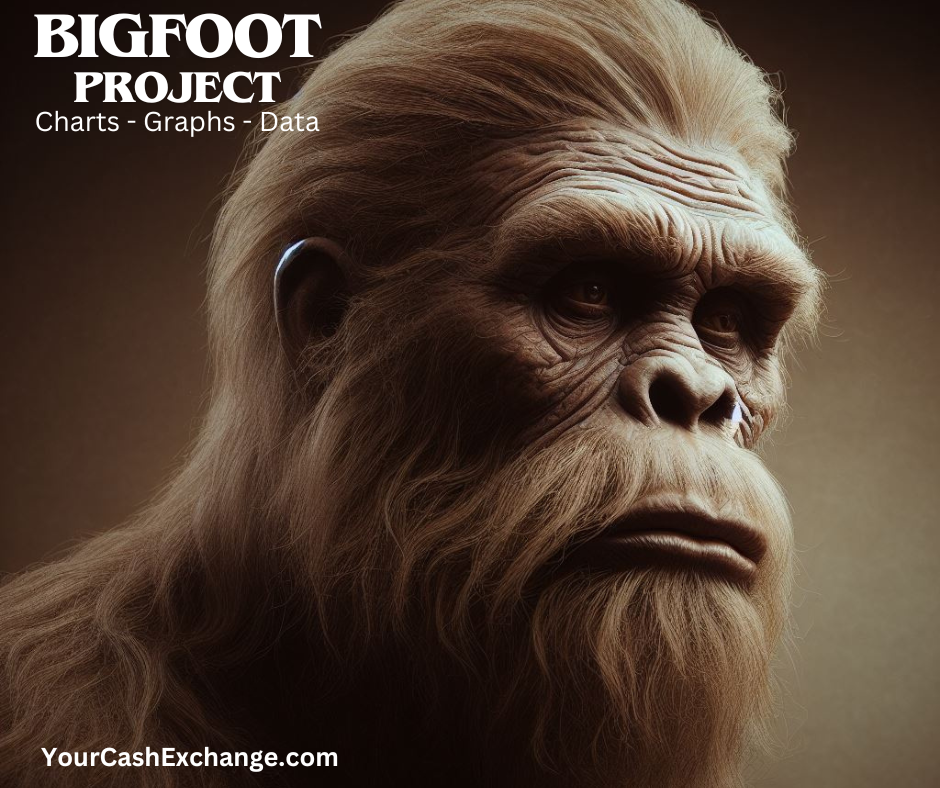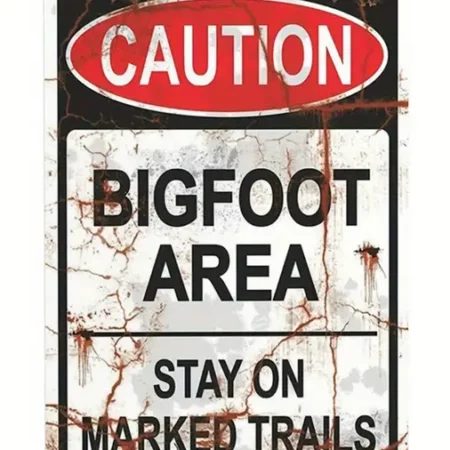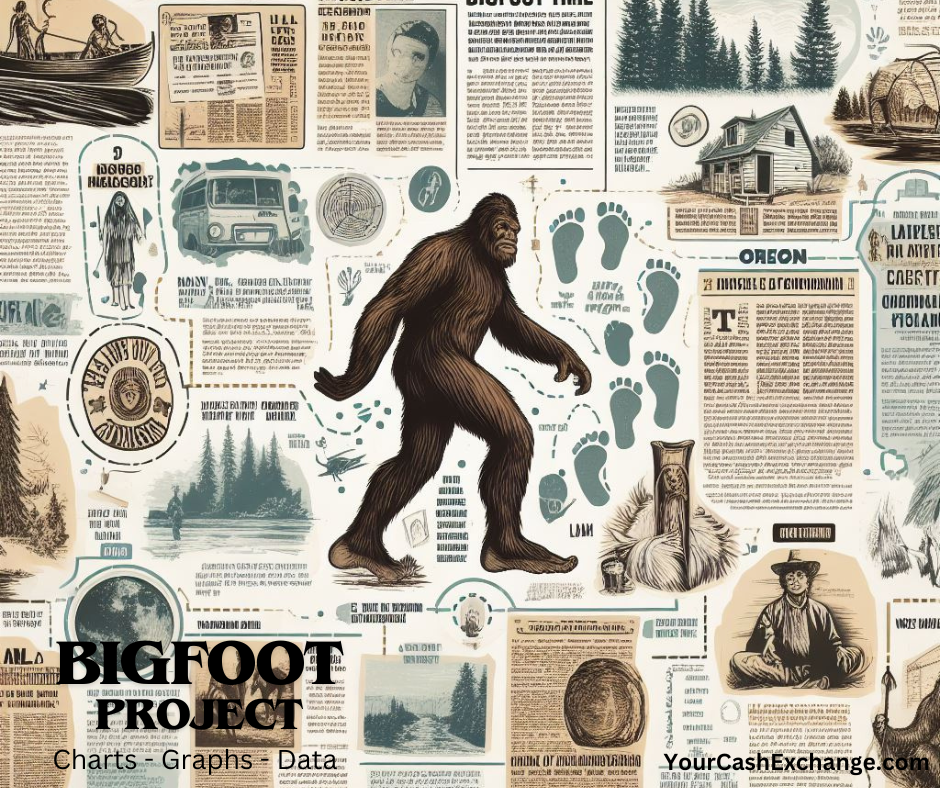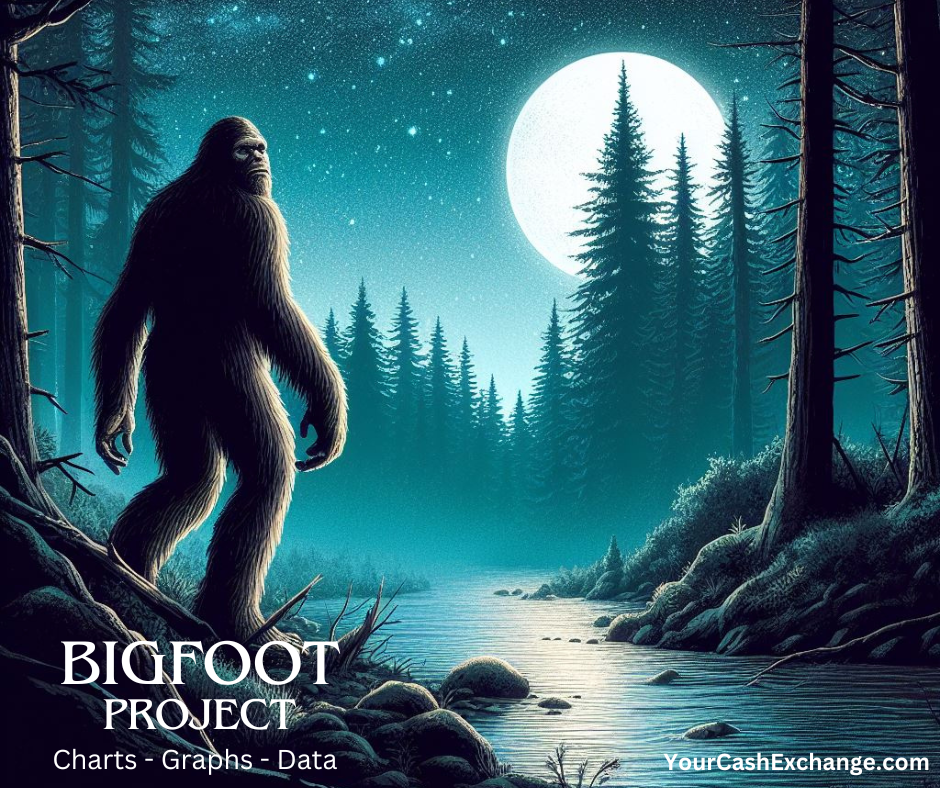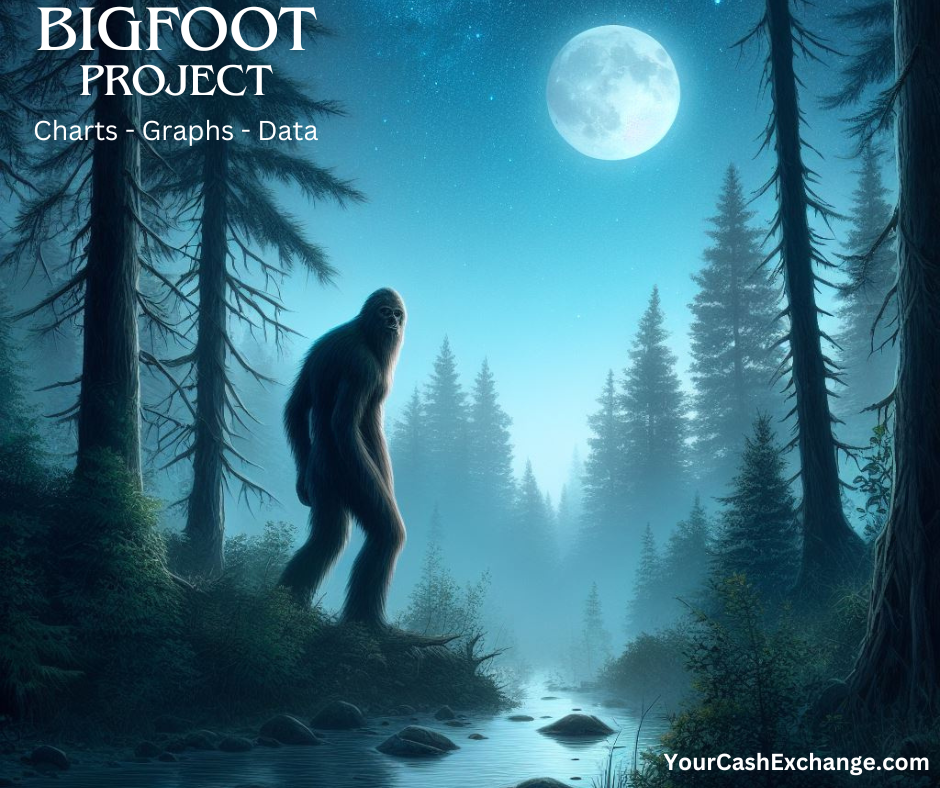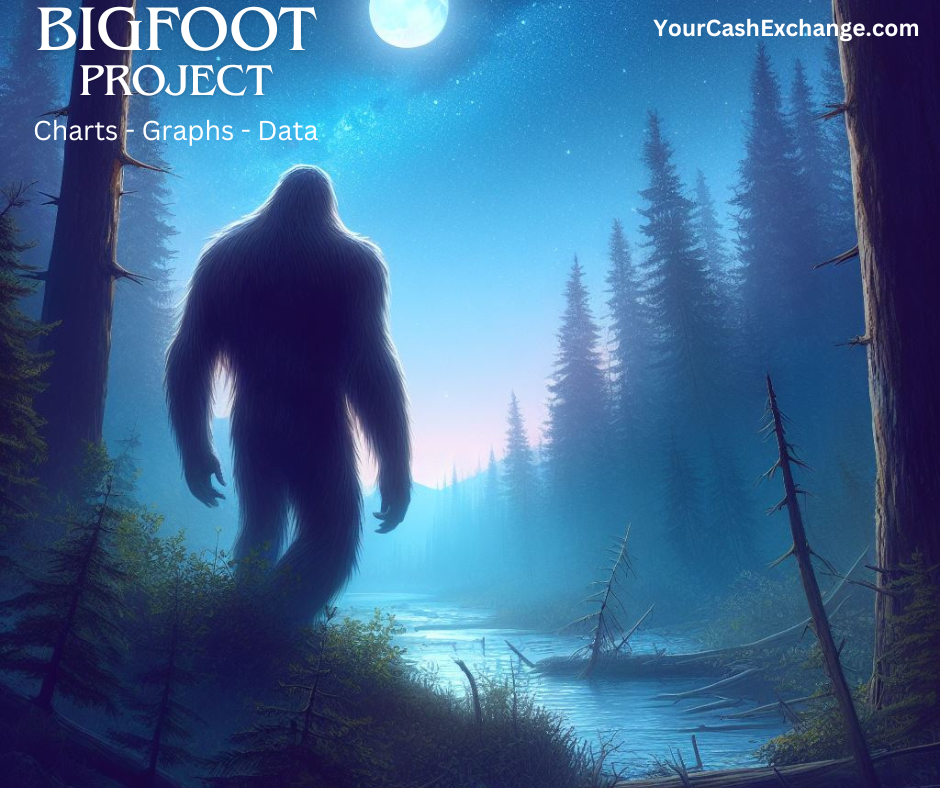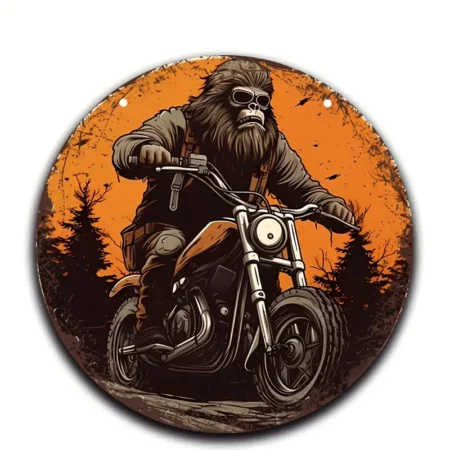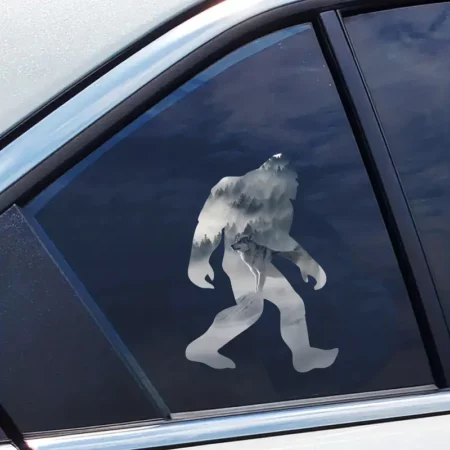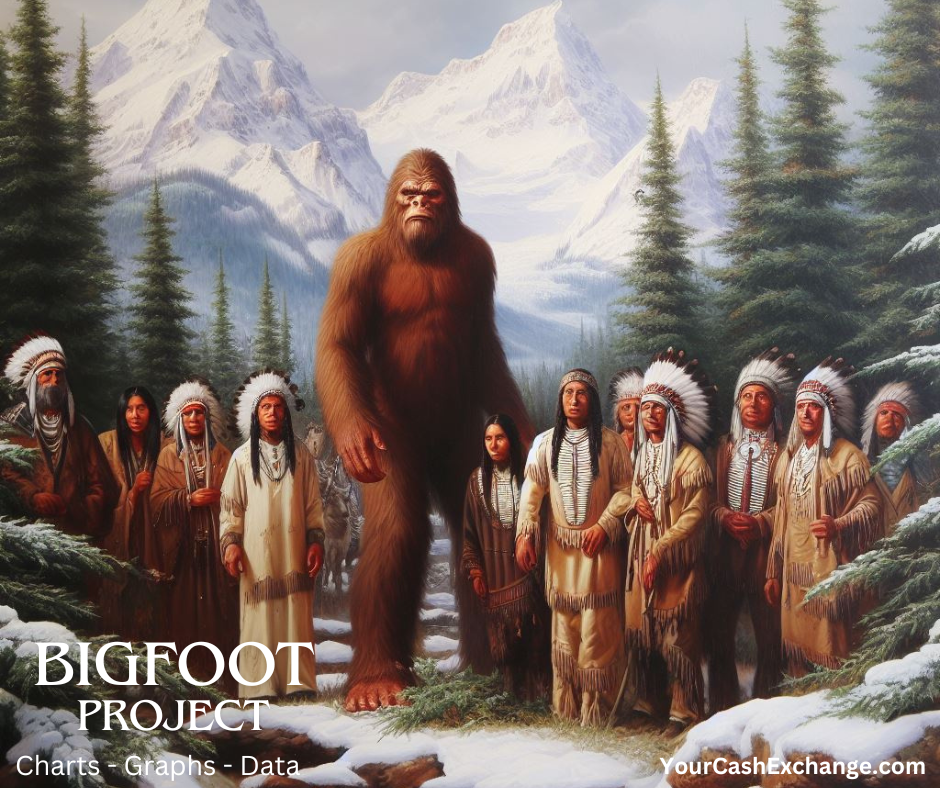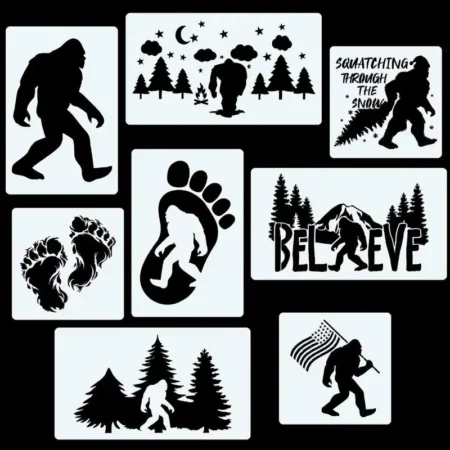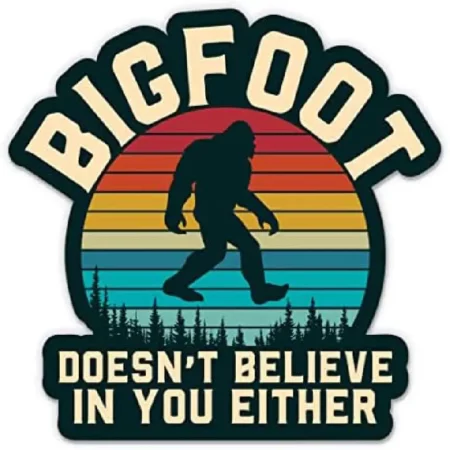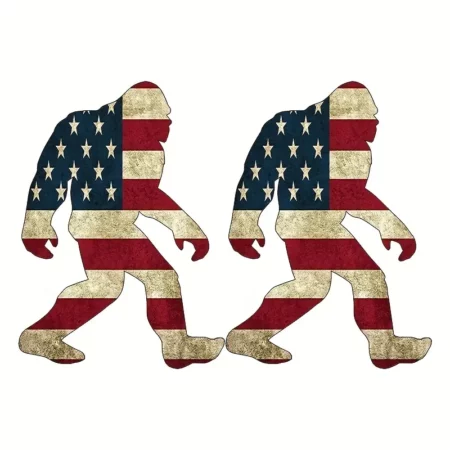Bigfoot and Sasquatch: A History of the Legendary Creatures
Bigfoot and Sasquatch are two names for the same mysterious creature that is said to inhabit the forests of North America. The legend of this creature has fascinated people for centuries, but its origins are not clear. Some believe that it is a remnant of an ancient human-like species, while others think that it is a hoax or a misidentification of other animals. In this essay, I will explore the history of the bigfoot and sasquatch legend, from its roots in Native American folklore to its modern popularity in media and culture.
Native American Folklore
The idea of a large, hairy, human-like creature living in the wilderness is not unique to North America. Many cultures around the world have similar myths and stories, such as the Yeti in the Himalayas, the Yowie in Australia, and the Almas in Central Asia. However, the term “sasquatch” is derived from the word “Sesqua” or “Sess-k-uts”, which means “wild man” or “hairy man” in the Salish language of the Pacific Northwest1. The Salish people, along with other Native American tribes in the region, have legends and traditions about the sasquatch, which they regard as a spiritual being, a protector of the land, or a trickster. Some tribes also have stories of encounters, conflicts, or alliances with the sasquatch, and some claim to have physical evidence, such as footprints, hair, or bones, of the creature.
The Native American folklore about the sasquatch is diverse and complex, and it reflects the different perspectives and experiences of the indigenous people. Some of the stories are positive and respectful, while others are negative and fearful. Some of the stories are realistic and plausible, while others are fantastical and symbolic. The sasquatch is not a single entity, but a representation of the natural and supernatural forces that shape the lives of the Native Americans.
Modern Bigfoot
The modern concept of bigfoot emerged in the 1950s, when a series of newspaper articles reported on the discovery of large footprints in the forests of northern California. The name “bigfoot” was coined by journalist Andrew Genzoli of the Humboldt Times, who wrote that the loggers who found the tracks had given the creature that name2. The story attracted national attention, and soon, more reports of sightings, sounds, and evidence of bigfoot came from various parts of the country. The public interest in bigfoot was further fueled by the release of the famous Patterson-Gimlin film in 1967, which purportedly showed a female bigfoot walking across a creek in Bluff Creek, California. The film, which has been debated and analyzed for decades, is considered by some to be the best evidence of bigfoot’s existence, and by others to be a hoax or a prank.
Since then, bigfoot has become a cultural phenomenon, appearing in books, movies, TV shows, documentaries, and even commercials. Bigfoot has also inspired many researchers, enthusiasts, and organizations to investigate and promote the possibility of its existence. Some of these groups, such as the Bigfoot Field Researchers Organization (BFRO), conduct field expeditions, collect eyewitness accounts, and analyze physical evidence, such as hair, DNA, or casts of footprints. Others, such as the Bigfoot Information Center and Exhibition (BICE), founded by Peter Byrne in Oregon, seek to educate the public and raise awareness about the creature. However, despite the efforts and claims of these groups, there is no conclusive scientific proof of bigfoot’s existence, and many skeptics and critics dismiss the evidence as unreliable, inconclusive, or fraudulent.
One example of the skepticism and criticism that bigfoot faces is the FBI’s involvement in the matter. In 1976, Byrne sent the FBI a sample of hair that he claimed belonged to bigfoot, and asked the bureau to analyze it. The FBI agreed to do so, but found that the hair was from a deer3. The FBI’s file on bigfoot, which was declassified in 2019, revealed that the bureau had no other evidence or interest in the creature, and that the hair analysis was an exception made for Byrne.
Conclusion
Bigfoot and sasquatch are two names for the same legendary creature that has captivated the imagination of many people for centuries. The legend has its roots in the Native American folklore of the Pacific Northwest, where the creature is known as a wild man or a hairy man. The legend became popular in the 1950s, when large footprints were found in California, and the name bigfoot was given to the creature. The legend was further boosted by the Patterson-Gimlin film in 1967, which allegedly showed a bigfoot in motion. Since then, bigfoot has become a cultural icon, appearing in various forms of media and inspiring many researchers and enthusiasts to search for its existence. However, the legend also faces many challenges and controversies, such as the lack of scientific evidence, the possibility of hoaxes, and the skepticism and criticism of the authorities and the public. Bigfoot and sasquatch are not just creatures, but symbols of the mystery and wonder of the natural world, and the human desire to explore and understand it.

